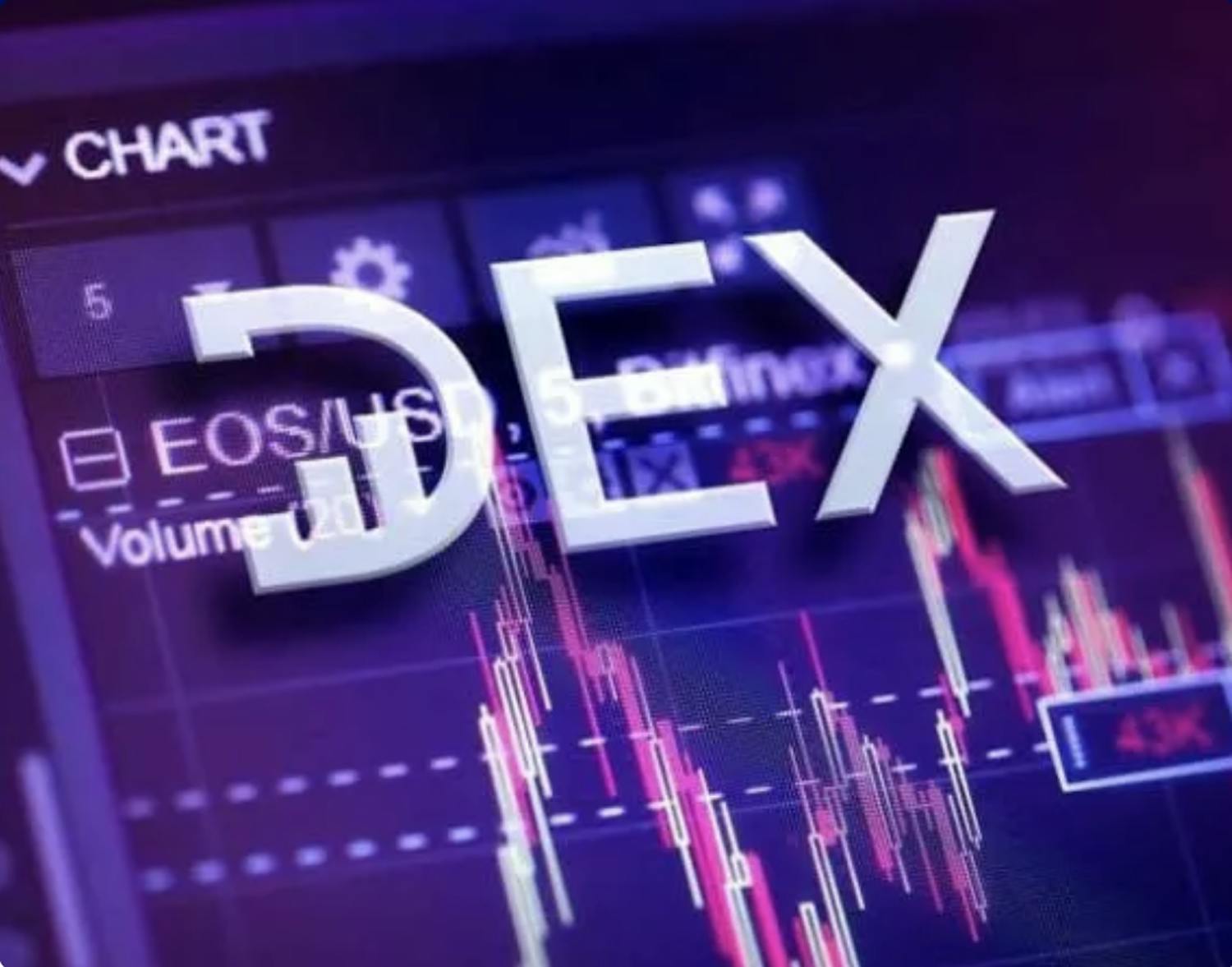Earn 70% APY on Uniswap
1st Mar 2023

Uniswap How does Liquidity Providing on Uniswap V3 work?
A Decentralized Exchange is a peer-to-peer marketplace where users can trade assets in a non-custodial manner without the need for an intermediary to facilitate the transfer and custody of funds. Traders remain in control of their assets by using blockchain-based smart contracts to facilitate the trades. The code substitutes for intermediaries like traditional brokers and financial institutions, allowing user to securely trade in trustless manner Uniswap.

What is Uniswap?
Uniswap is the second largest DEX (decentralize exchange) with current deposits of 4 Billion dollars. In May of 2021, it launched the V3 contract (there is a version 1 and 2) which has become very popular for trading assets. Users globally have deposited 4 billion dollars of assets for traders to utilize for trading liquidity. The V3 allows for concentrated liquidity, enabling liquidity providers to choose a price range for asset utilization. By providing liquidity, you earn a share of trading fees that are charged on each trade. Concentrated liquidity allows for the assets to be used more efficiently, thereby increasing the yield from trading fees while also minimizing market directional risks. The contract is permissionless, so anyone can trade or provide liquidity without needing approval Uniswap.
Providing liquidity on a DEX comes with certain risks. One of the main risks is impermanent loss. Impermanent loss occurs when the value of the tokens in the liquidity pool changes relative to each other, causing the liquidity provider to lose funds. This can happen when the price of one token in the pool rises significantly compared to the other tokens, causing the liquidity provider to lose out on potential gains. DEXs are subject to fluctuations in trading volume and market volatility, which can impact the LP (liquidity provider) earnings. Providing liquidity on a DEX involves taking on certain risks and requires careful consideration and risk management Uniswap.
Finding the right pool to join requires market analysis. When using smaller capital amounts, for example $10,000 it would make sense to deploy capital on a layer 2, such as polygon or arbitrum, where transaction fees are cheaper. There are a few different types of pools one can join. Stableswap pools, where both assets have identical value, for example a USDC — DIA pool, both tokens are worth $1, so there isn’t any impermanent loss. Typically these pool yields are low which is correlated to the lower risk. A pool like WETH-USDC or MATIC-USDC will have impermanent loss risk, but also have high yields. The most rewarding pools have a high ratio of trading volume to TVL (total value locked). The higher the ratio, the more the capital is being utilized and collecting trading fees, which translates into higher yields for liquidity providers.
When using V3 contracts, it’s very important to set a strategic price range, as this determines your risk and capital utilization. For example, if providing liquidity for WETH-USDC with WETH price range of 1,600–1,700, when the market price is below the lower bound range, the entire contributed pool of tokens will be denominated in WETH. When the market price exceeds the upper bound range, the entire pool of tokens will be denominated in USDC. Choosing a smaller range will increase the efficiency of the capital, translating into higher yields, but will also increase the chance of being out of range, which reduces the yield. This is why choosing a good range is very important to achieving high yield. I try to aim for 70% yield when using V3 contracts, which is frequently achievable, and sometimes it exceeds this. The Uni Calculator tool is helpful in determining the range and pools to participate in.
Calculating ones tax liability for LP activity can be challenging, but thankfully there are a steps and tools to use which make it easier. Using seperate wallets for each position enables users to better track performance, rewards, entry and exit values. Tax software like Koinly is great for generating tax form 8949. A fantastic tool for tracking performance and impermanent loss is Apy.vision.
In summary, LP on Uniswap V3 can be very rewarding when done correctly. There are a few key metrics to focus on which determine your yield — TVL to volume ratio, trading range selection and token pairs. We didn’t discuss all the risks here in detail and it’s recommended you further research this strategy before risking capital. Nothing here should be interpreted as financial advice.
If you have any crypto tax or accounting questions, please reach out to us, as we are always excited to discuss challenging DeFi transactions with users.



